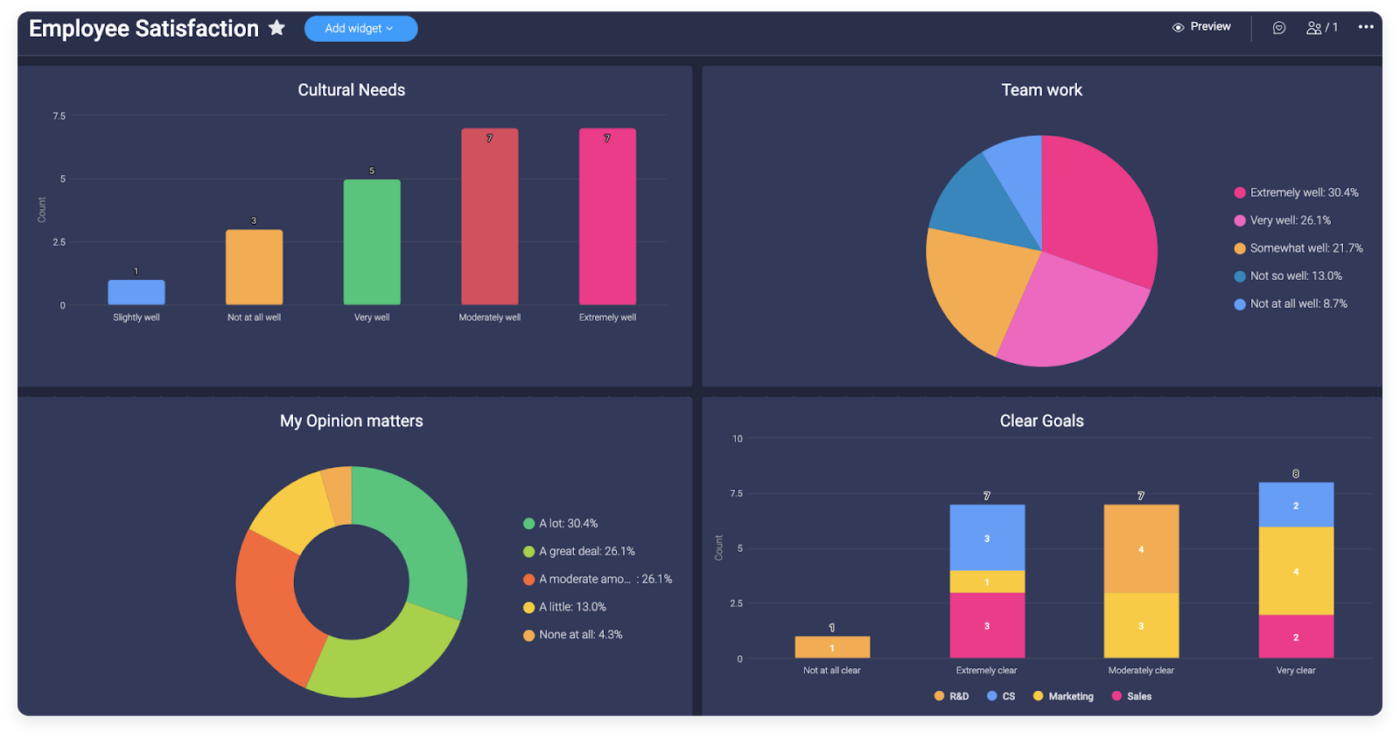Strategic Planning
Drive Continuous Improvement: How Using KPIs Can Help Your Team Achieve Goals and Boost Performance
Key Performance Indicators (KPIs) are measurable values that help organizations evaluate their progress towards specific business objectives. When used effectively, KPIs can be a powerful tool for setting and achieving team goals, as well as driving continuous improvement. Here are some ways to use KPIs to help your team set and reach their goals while also promoting continuous improvement:
- Identify Your Objectives:
The first step in using KPIs effectively is to identify your team’s objectives. These objectives should be specific, measurable, attainable, relevant, and time-bound (SMART). Once you have identified your objectives, you can determine the KPIs that will help you measure progress towards achieving those objectives.
- Select Appropriate KPIs:
Select KPIs that are relevant to your team’s objectives and that you can measure accurately. For example, if your team’s objective is to increase customer satisfaction, you may choose to measure KPIs such as Net Promoter Score (NPS) or Customer Satisfaction (CSAT) surveys. It’s essential to ensure that the KPIs you select align with your objectives and provide useful insights for continuous improvement.
- Set Benchmarks:
Setting benchmarks is crucial for measuring progress towards your team’s objectives and identifying opportunities for continuous improvement. Benchmarks are predetermined targets that your team aims to achieve for each KPI. By setting benchmarks, you can track progress and identify areas for improvement. It’s essential to set realistic and achievable benchmarks to keep your team motivated and engaged in the process of continuous improvement.
- Track Progress:
Track progress regularly to monitor your team’s performance and identify areas for improvement. You can use dashboards, spreadsheets, or specialized software to track KPIs and visualize progress towards your team’s objectives. Make sure to communicate progress to your team regularly to keep them engaged and motivated in the continuous improvement process.
- Make Adjustments:
If your team is not meeting their benchmarks, make adjustments to improve performance and promote continuous improvement. Use the data from your KPIs to identify areas for improvement and make changes to your processes or strategies. It’s essential to be flexible and willing to make changes to achieve your team’s objectives and promote continuous improvement.
In conclusion, using KPIs can be an effective way to help your team set and achieve their goals while also promoting continuous improvement. By identifying objectives, selecting appropriate KPIs, setting benchmarks, tracking progress, and making adjustments, you can help your team stay focused and motivated towards achieving their goals and continuously improving their performance.

